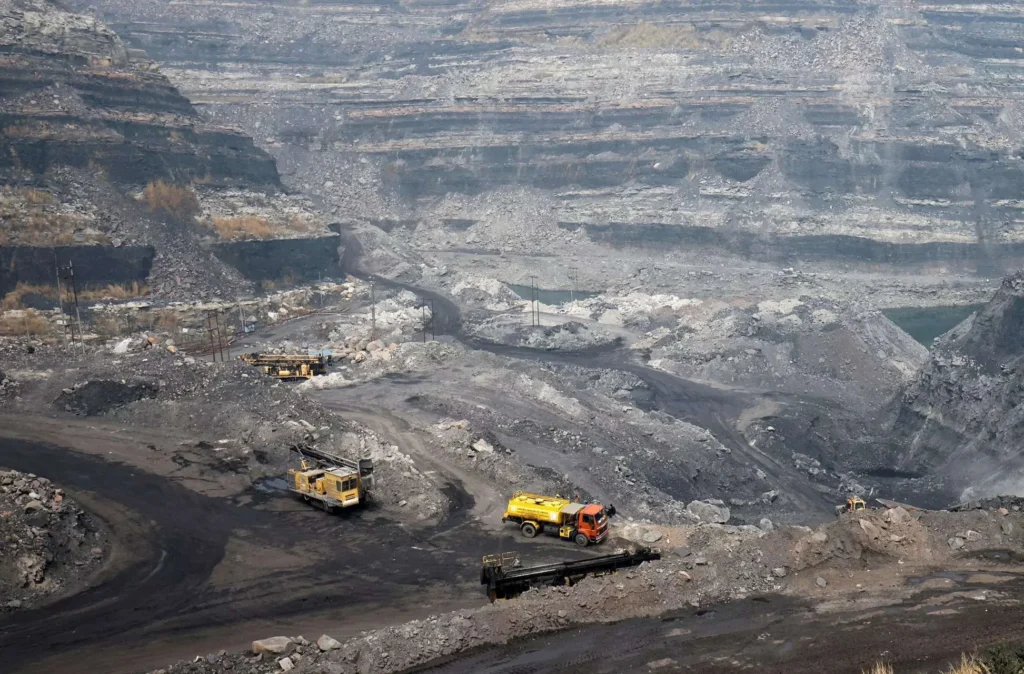Despite the 2014 ban by the National Green Tribunal, Rat-Hole mining continues unabated in East Jaintia Hills, Meghalaya, with 26,000 abandoned mines still active.
About Rat-Hole Mining:
- Rat-hole mining involves the extraction of coal from narrow, horizontal seams using small, narrow pits that are typically large enough for only one person.
- This method is predominantly used in Meghalaya due to the thin coal seams, which are often less than 2 meters thick.
Types of Rat-Hole Mining:
- Side-Cutting Procedure: Miners dig narrow tunnels on the hill slopes until they encounter a coal seam.
- Box-Cutting: A technique where a vertical pit is dug through a rectangular opening, ranging from 10 to 100 square meters, reaching depths of 100 to 400 feet. Once coal seams are located, rat-hole-sized tunnels are horizontally dug for extraction.
Concerns Associated with Rat-Hole Mining:
- Environmental Impact: Leads to land degradation, deforestation, soil erosion, and water pollution. The creation of Acid Mine Drainage (AMD) results in acidification of rivers and significant ecological damage, harming water quality and biodiversity.
- Safety Hazards: The mines lack essential safety measures like proper ventilation, structural support, and safety gear, making the mining process extremely perilous.
- Health Risks: Miners, including children, face severe health risks due to inadequate safety protocols.
- Economic and Social Issues: Despite legal bans, mining persists due to economic dependency of the local population on mining activities, and the lack of alternative livelihoods. Child labor is notably prevalent, highlighting the socio-economic desperation.
Ref: Source
| UPSC IAS Preparation Resources | |
| Current Affairs Analysis | Topperspedia |
| GS Shots | Simply Explained |
| Daily Flash Cards | Daily Quiz |



